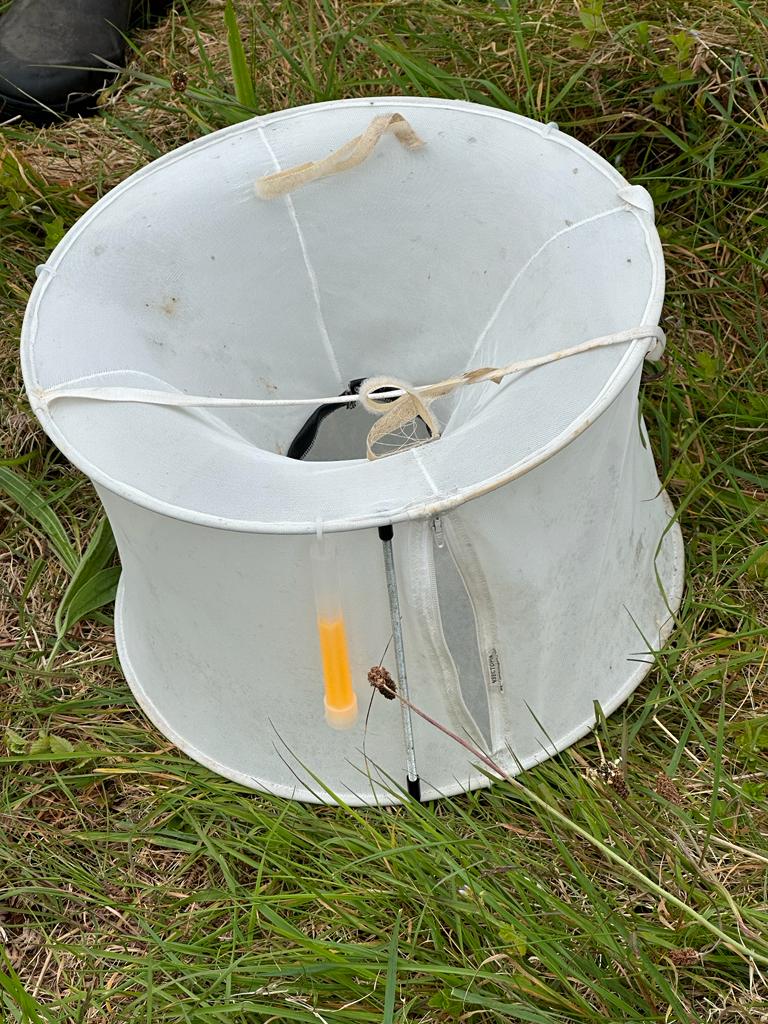Moth Trap

Moth traps are very important in ecological research, particularly in the entomology and biodiversity disciplines. These advanced traps are made to entice and catch moths, providing crucial information for numerous ecological research subjects. For taxonomic research and species identification, moth traps yield useful information. The term “moth” refers to a wide variety of insects, including many species that are difficult to distinguish in the field because of their nocturnal habits, camouflage, and physical similarity. Scientists can carefully study the physical traits of specimens obtained through the use of moth traps, perform DNA analyses, and contrast them with existing taxonomic references and museum collections. Understanding species distributions, ecological interactions, and assessing conservation status all depend on accurate species identification.
Moth traps are also useful tools for examining moth behavior, including its flight patterns, migratory patterns, and mating habits. Researchers can learn more about the timing and length of moth activity, identify their favorite habitats, and investigate how they react to environmental cues by examining the trapped individuals. This information advances our understanding of the dynamics of pollination, insect behavior, and the ecological functions of moths in ecosystems.
Moth traps can also be used in biomonitoring investigations and serve as indicators of environmental conditions. Moths are good bioindicators of ecosystem health because they are highly sensitive to changes in their environment. Scientists can identify early indications of environmental disturbances, pollution, or habitat loss by keeping track on moth populations in various habitats or areas. This enables them to implement conservation and management measures at the appropriate time.